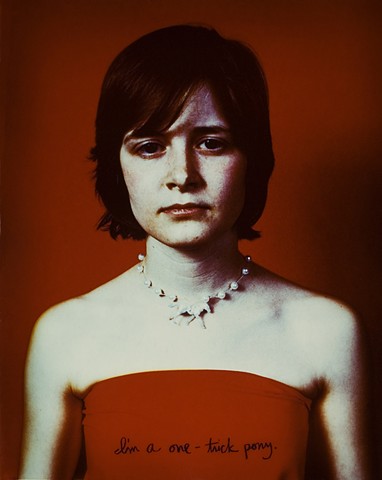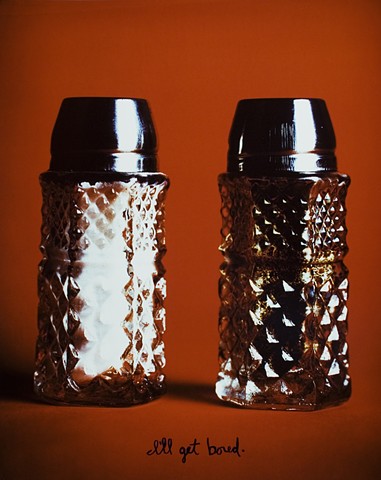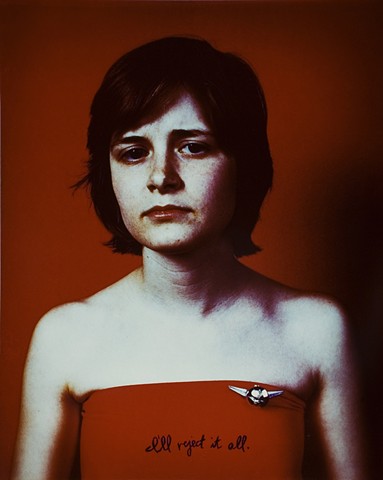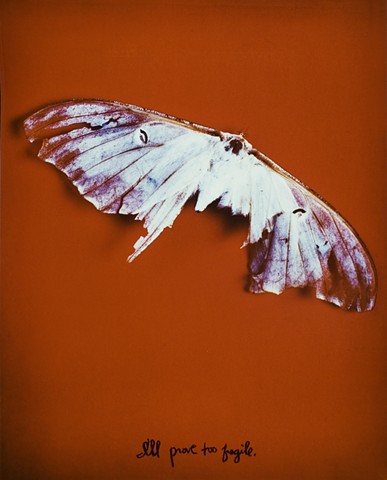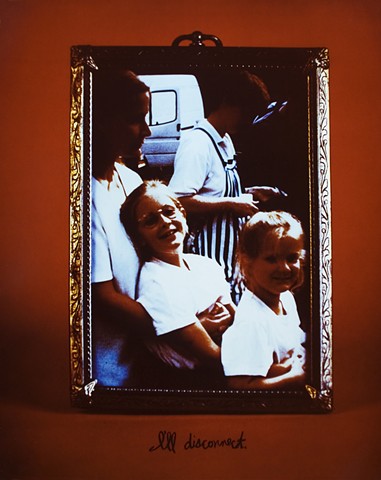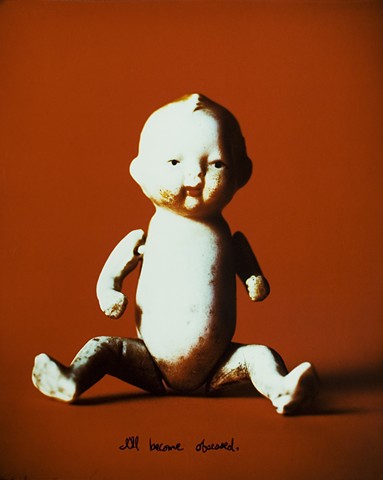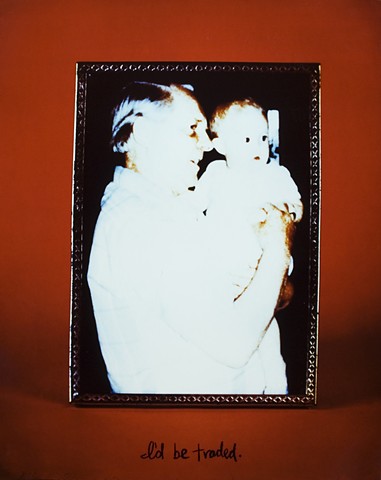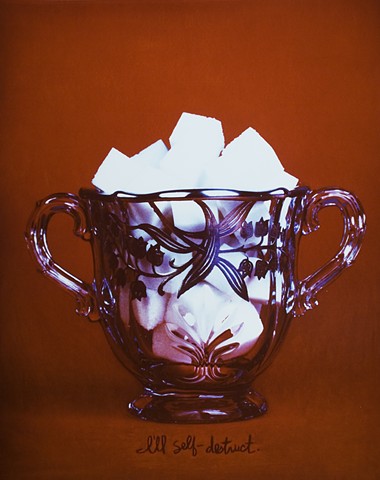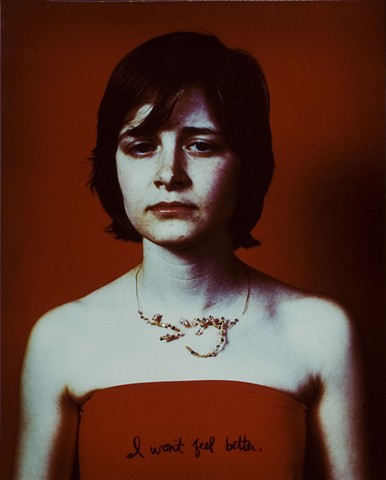The One-Trick Pony and Other Concerns
A Bachelor of Fine Arts Thesis Project, Spring 2008
I have always valued the content behind an image. As a consequence, when evaluating my own work, I feel the greatest connection to images that have an autobiographical element. The One-Trick Pony and Other Concerns has allowed me to express my anxieties about relationships, the future, my health, and other issues that have come to a head over the past year. While the images were originally intended to be personal and rather cryptic statements, I have discovered that many of the photographs hold universal meaning while the objects or written statements captured in these photographs still take on a new meaning from viewer to viewer. For example, where I may see an image as a commentary on private relationships, another person could see it as a statement on domesticity and banal lifestyles. In a way, this proves that we are all nervous about some aspect of ourselves, but we are never really that isolated from each other.
The saturated color in this body of work is achieved through the use of slide film and paper negatives. The objects or self-portraits were taken using large or medium format slide film. I use these positives in a darkroom enlarger to create sixteen by twenty inch negatives on photographic paper, which are then contact printed to create the final images presented here. While I enjoy this rather masochistic process immensely, working in an obscure technique created anxieties of its own. The technology that allows wet processing for color photographs is rapidly disappearing, and our department's color processing facilities have been in jeopardy of failure since early this semester. I feel fortunate that I have been able to experiment with this process for the past year, though the conclusion of the project is bittersweet. This may be my last opportunity to work in this way. Now that I have finally fallen in love with color photography, I find it time to say goodbye to the medium as I have come to know it.
This project owes a great deal to the guidance I received while attending Ball State University. Many thanks to Mark Sawrie for his support and friendship, to Jacinda Russell for helping lay the frame work for this particular project, and to Serena Nancarrow for making the photo-world run a little smoother.
